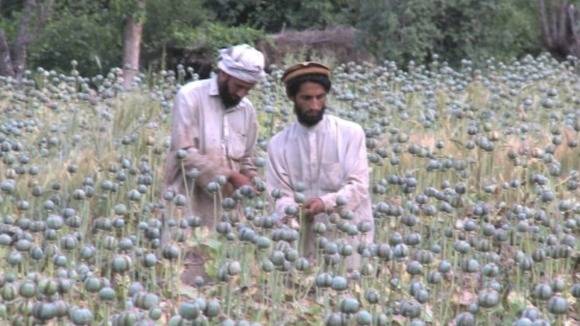The day was not bloodless. At least 20 people were killed in violence across the country Saturday, among them seven military personnel, nine police and four civilians, Afghan Interior Minister Mohammad Umer Daudzai told reporters. And in many rural areas, turnout was reported to be nearly nonexistent as residents cited fears of the Taliban. But the fact that the Taliban were apparently unable, or unwilling in the face of heavy security presence, to project violence or intimidation beyond their traditional strongholds was seen by many Afghans as a blow to the insurgent group, at least in the war of perceptions.
Not only Afghans pinned their hopes on the election. U.S. and NATO leaders also hailed the relatively high turnout and mostly peaceful balloting as a sign of Afghans commitment to a democratic future and, as U.S. Defense Secretary Chuck Hagel put it,a testament to the tireless efforts and sacrifices of American, ISAF, and Afghan personnel. The role of the Western-trained Afghan security forces was key, said Marine Gen. Joseph Dunford, commander of the International Security Assistance Force, who described their efforts to secure the elections as extraordinary. In taking stock of what the election means for the country and the Taliban insurgency, what is clear is that much remains unclear. Analysts and officials cautioned that it is too soon to draw major conclusions from an election day that could see the first democratic transfer of power in Afghanistans history. The votes remain untallied, allegations of fraud remain uncounted and unconfirmed. Nevertheless, election day offered encouraging signs.

A man inspects ballot boxes at a storage facility at Afghanistan's Independent Election Commission on Sunday, April 6, 2014, a day after the country's historic presidential vote. The winner won't be know for some time, but whoever prevails will have the task of governing a country beset by corruption and with an entrenched insurgency.
About 7 million people voted, according to election commission officials, which, barring massive fraud, would mark about a 50 percent increase over the validated votes from 2009. In that election, more than one million votes were thrown out and President Hamid Karzais main challenger, Abdullah Abdullah, quit in disgust before a scheduled run-off. Nearly 1,000 of roughly 7,300 polling centers were closed Saturday because of security fears. Of those, most were in more rural areas, election officials said. There were few surprises on the preliminary lists of areas where low turnout and allegations of fraud were reported, most of them in traditional Taliban strongholds where intimidation is a powerful tactic and sympathy for the insurgent movement often lingers.
Judging by the dozens of Tweets sent throughout election day, and two lengthy messages condemning the election, the Taliban were closely watching the vote. Their post-election press release claimed that Afghans boycotted the election en masse and that the Taliban launched more than 1,000 successful attacks. Voters and the Afghan government largely rejected the Talibans claims. Many voters saw the election as a direct challenge to the Taliban, and plenty of ink-stained middle fingers (which the insurgent group threatened to cut off) were aimed at the Taliban in photos posted on Twitter, though the tweets represented the minority of Afghans with access to social media.
MORE






